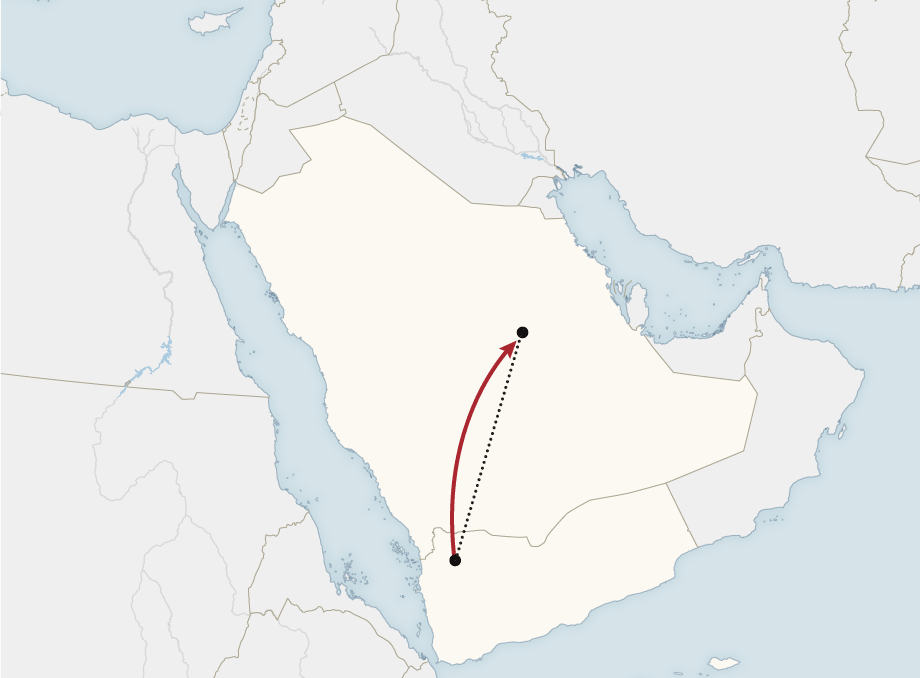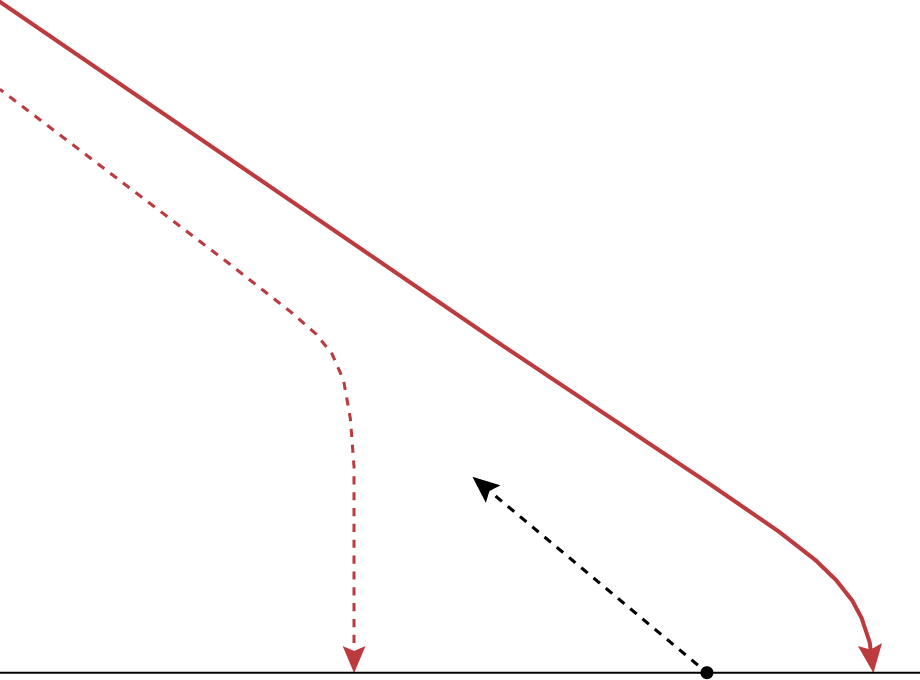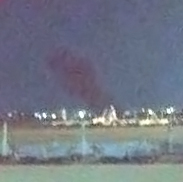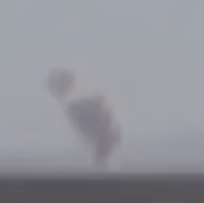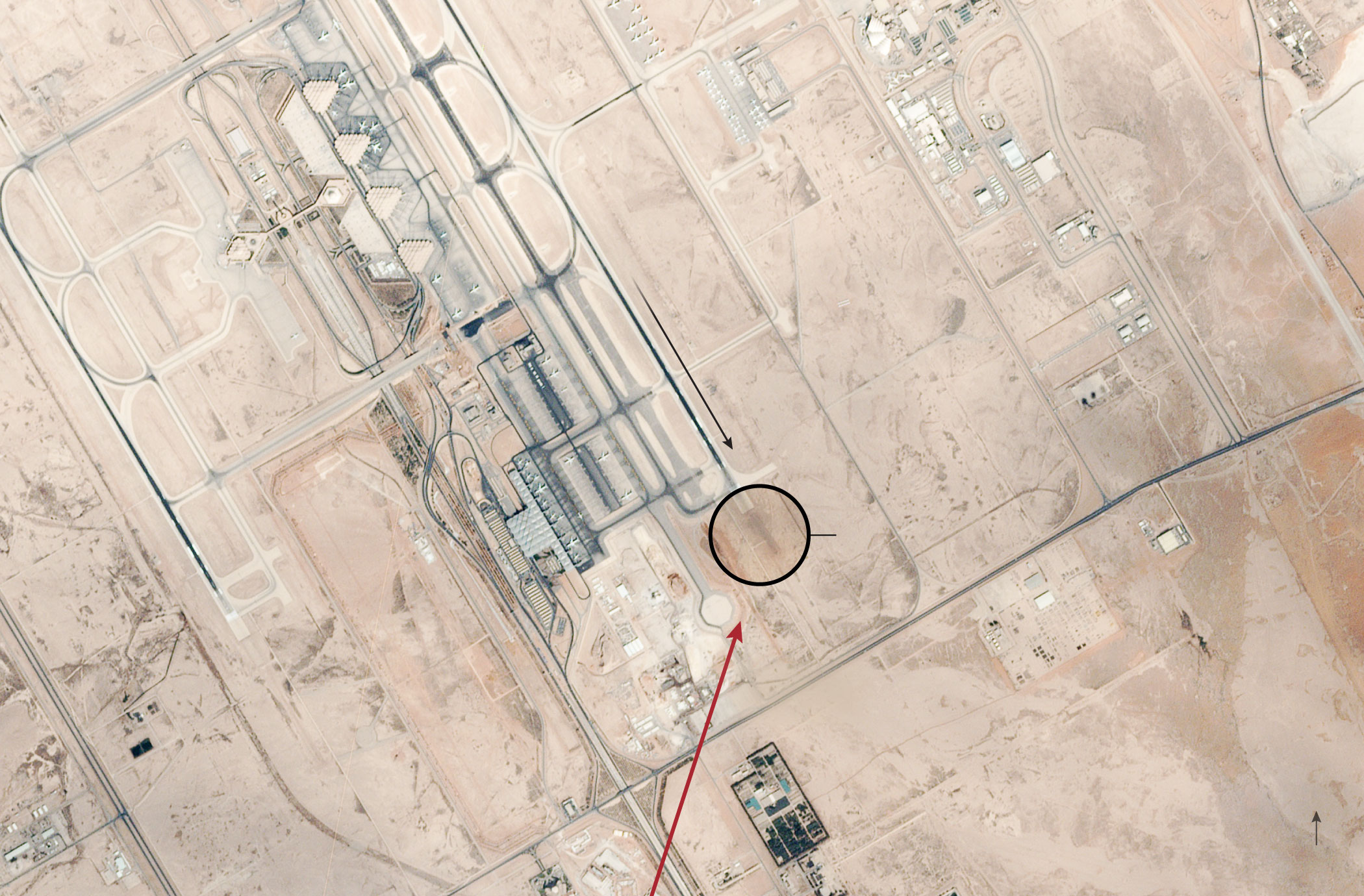Did American Missile
Defense Fail in Saudi Arabia?
By
MAX FISHER,
ERIC SCHMITT,
AUDREY CARLSEN and
MALACHY BROWNE DEC. 4, 2017
Saudi officials did not respond to a request for comment. Some U.S. officials cast doubt on whether the Saudis hit any part of the incoming missile, saying there was no evidence that it had. Instead, they said, the incoming missile body and warhead may have come apart because of its sheer speed and force.
The findings show that the Iranian-backed Houthis, once a ragtag group of rebels, have grown powerful enough to strike major targets in Saudi Arabia, possibly shifting the balance of their years-long war. And they underscore longstanding doubts about missile defense technology, a centerpiece of American and allied national defense strategies, particularly against Iran and North Korea.
“Governments lie about the effectiveness of these systems. Or they’re misinformed,” said Jeffrey Lewis, an analyst who led the research team, which shared its findings with The New York Times. “And that should worry the hell out of us.”
The Missile
Shooting down Scud missiles is difficult, and governments have wrongly claimed success against them in the past.
SYRIA
IRAQ
IRAN
JORDAN
SAUDI ARABIA
EGYPT
Riyadh
OMAN
Missile
610 miles
Red
Sea
SUDAN
YEMEN
ERITREA
Est. launch
location
Arabian Sea
The missile, seen in this video released by the Houthis, is believed to be a Burqan-2, a variant of the Scud missile used throughout the Middle East. It traveled about 600 miles.
Saudi and American officials have accused Iran of supplying the Houthis with the missile, a charge that Tehran denies. A recent United Nations report found evidence that the missile had been designed and manufactured by Iran, according to a Security Council diplomat. Reuters first
reported the U.N. findings.
mute
Mr. Lewis and the other analysts, based mostly at the Middlebury Institute of International Studies in Monterey, Calif., were skeptical when they heard Saudi Arabia’s claim to have shot it down.
Governments have overstated the effectiveness of missile defenses in the past, including against Scuds. During the first Gulf War, the United States claimed a near-perfect record in shooting down Iraqi variants of the Scud.
Subsequent analyses found that nearly all the interceptions had failed.
Had it failed in Riyadh as well? The researchers scraped social media for anything posted in that area and time frame, looking for clues.
The Debris
The pattern of missile debris littering Riyadh suggests missile defenses either hit the harmless rear section of the missile or missed it entirely.
Just as the Saudis fired off missile defenses, debris began to fall in downtown Riyadh. Video posted on social media captured one particularly large section, which landed in a parking lot next to the Ibn Khaldun School.
mute
Other videos show scraps that fell at a handful of other locations clustered in a roughly 500-yard area along a highway.
mute
Saudi officials said the debris, which appears to belong to a downed Burqan-2, showed a successful shootdown. But an analysis of the debris shows that the warhead components – the part of the missile that carries the explosives – were missing.
The missing warhead signaled something important to the analysts: that the missile may have evaded Saudi defenses.
The missile, in order to survive the stresses of a roughly 600 mile flight, was almost certainly designed to separate into two pieces once near its target. The tube, which propels the missile for most of its trajectory, falls away. The warhead, smaller and harder to hit, continues toward the target.
Burqan 2-H
Engine
Missile body
Warhead was missing
from debris
This would explain why the debris in Riyadh only appears to consist of the rear tube. And it suggests that the Saudis may have missed the missile, or only hit the tube after it had separated and begun to fall uselessly toward earth.
Some U.S. officials said there was no evidence the Saudis had hit the missile. Instead, the debris may have broken up under the pressures of flight. What the Saudis presented as evidence of their successful interception may have simply been the missile ejecting its tube as intended.
The Location of the Explosion
A blast 12 miles away at Riyadh’s airport suggests the warhead continued unimpeded toward its target.
At around 9 p.m., about the same time debris crashed in Riyadh, a loud bang shook the domestic terminal at Riyadh’s King Khalid International Airport.
“There was an explosion at the airport,” a man said in a video taken moments after the bang. He and others rushed to the windows as emergency vehicles streamed onto the runway.
mute
Another video, taken from the tarmac, shows the emergency vehicles at the end of the runway. Just beyond them is a plume of smoke, confirming the blast and indicating a likely point of impact.
mute
A Houthi spokesman said the missile had
targeted the airport.
There’s another reason the analysts think the warhead flew past the missile defenses. They located the Patriot batteries that fired on the missile, shown in this video, and found that the warhead traveled well over the top of them.
mute
Saudi officials have said that some debris from the intercepted missile landed at the airport. But it is difficult to imagine how one errant piece could fly 12 miles beyond the rest of the debris, or why it would detonate on impact.
The warhead passed over the Saudi missile defense unit.
Estimated trajectory of warhead
Estimated trajectory
of missile body
Missile defense
Trajectories estimated by David Wright, Union of Concerned Scientists
The Impact
Smoke and ground damage suggest the warhead struck near the airport’s domestic terminal.
Imagery of the emergency response and a plume of smoke also reveal information about the nature of the impact.
A photo of the plume taken from a different location on the tarmac appears consistent with plumes produced by similar missiles, suggesting the explosion was not an errant piece of debris or an unrelated incident.
Riyadh airport
Daraya, Syria
By identifying buildings in the photo and video, Mr. Lewis’s team was able to locate the spots from which the images were taken, revealing the precise location of the plume: a few hundred yards off of runway 33R, and about a kilometer from the crowded domestic terminal.
King Khalid
International Airport
Emergency vehicles seen on runway
Dark areas indicate
ground damage
from vehicles
Domestic
terminal
Direction of
missile
NORTH
Image courtesy of
Planet
The blast was small, and satellite imagery of the airport taken immediately before and after the blast is not detailed enough to capture the crater from the impact, the analysts said.
But it does show ground damage from the emergency vehicles, supporting the finding that the warhead hit just off the runway.
While the Houthis missed their target, Mr. Lewis said, they got close enough to show that their missiles can reach it and can evade Saudi defenses. “A kilometer is a pretty normal miss rate for a Scud,” he said.
Even the Houthis may not have realized their success, Mr. Lewis said. Unless they had intelligence sources at the airport, they would have little reason to doubt official reports.
“The Houthis got very close to creaming that airport,” he said.
Laura Grego, a missile expert at the Union of Concerned Scientists, expressed alarm that Saudi defense batteries had fired five times at the incoming missile.
"You shoot five times at this missile and they all miss? That's shocking,” she said. “That's shocking because this system is supposed to work.”
Analysis by Melissa Hanham, Jeffrey Lewis, David Schmerler and Nate Taylor of the Middlebury Institute of International Studies, and David Wright, Union of Concerned Scientists. James Acton of the Carnegie Endowment for International Peace and Laura Grego of the Union of Concerned Scientists reviewed the analysis.
Rick Gladstone contributed reporting. Additional work by Neil Collier, Derek Watkins, Barbara Marcolini and Rob McDonagh.
https://www.nytimes.com/interactive/2017/12/04/world/middleeast/saudi-missile-defense.html
......... today what Iran is trying to achieve is mutated version of becoming an empire again. How that benefits you is beyond me, they are not going to revert to Zoroastrianism, if they could they would have 1300 years ago.

